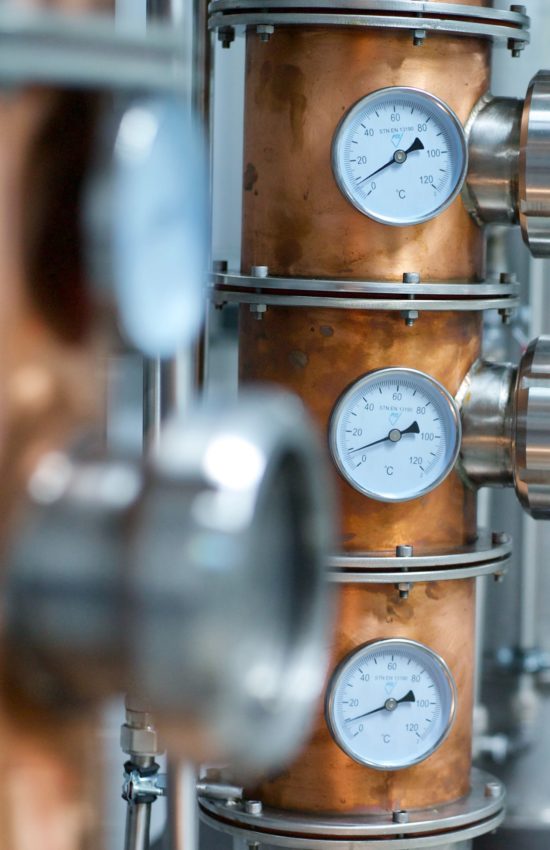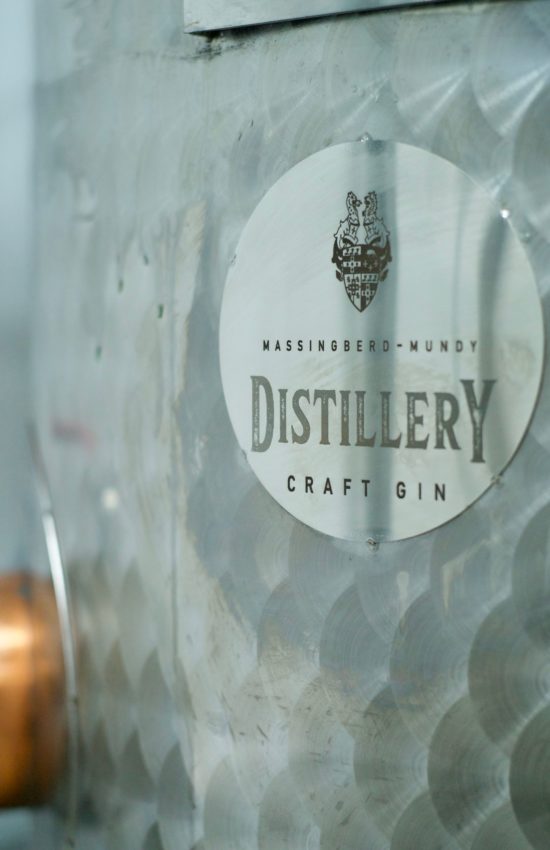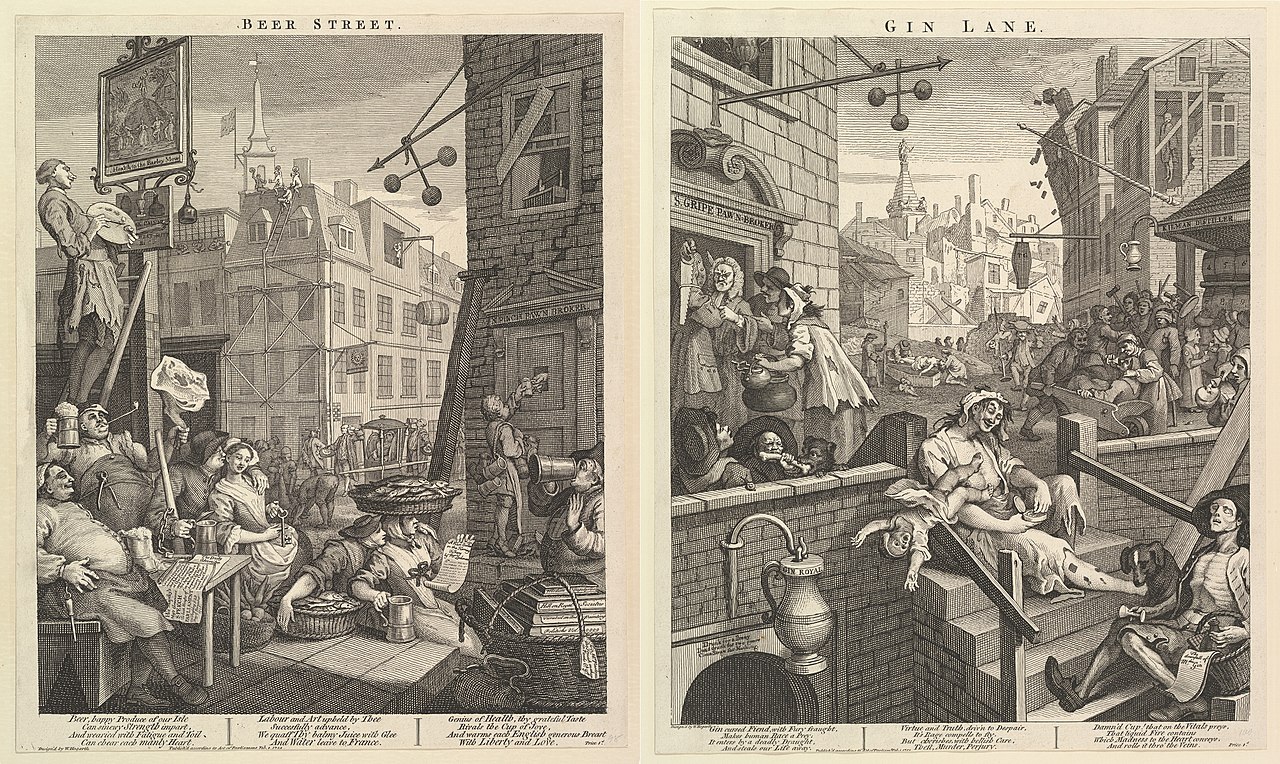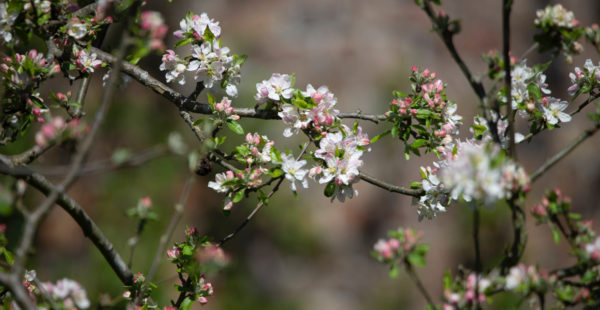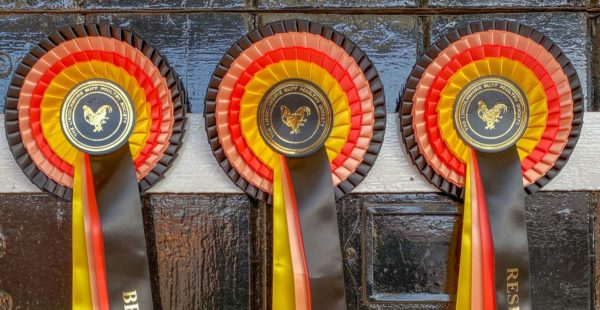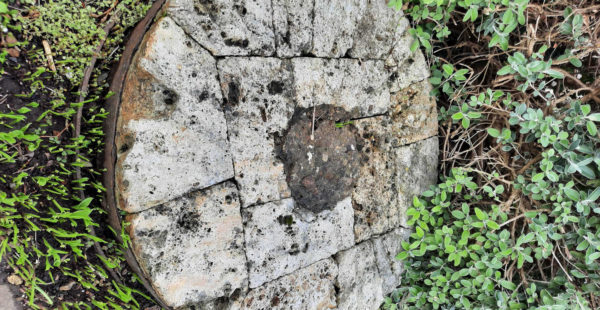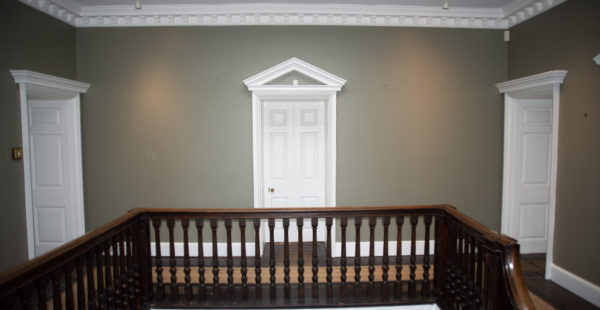Between 1695 and 1735, thousands of gin shops opened as the country experienced what is known as the ‘gin craze’ of the early 18th century. In contrast to French brandy, gin was widely seen as a ‘protestant’ drink for rich and poor alike, capitalising on the political and religious conflicts between Britain and France. Amazingly, more than half of the 15,000 alcoholic drinking establishments in London were gin shops and the spirit became a firm favourite.
Slightly sweeter than modern dry gins, the gins of this period were made in pot stills and the quality varied hugely: Gin was famously enjoyed and advocated by Queen Anne and government ministers, but some distillers were also flavouring drinks with turpentine or even sulphuric acid.
Of course, the unlicensed production and unregulated consumption of gin soon got out of control and the spirit was blamed for a variety of social problems, including an increase in London’s death rates.
In 1736, Middlesex magistrates decried gin as “the principle cause of all the vice & debauchery committed among the inferior sort of people” and the artist William Hogarth furthered this reputation with his infamous engraving ‘Beer Street and Gin Lane’ (1751) which depicted drunken men and women, fighting, neglecting children, starving to death and being carried off in wheelbarrows.
The original gin craze was finally brought under control in the early 18th century with a series of Gin Acts which imposed high taxes on retailers and forced distillers to only sell to licenced retailers.

